15. iBook G3 “Clamshell” (1999)
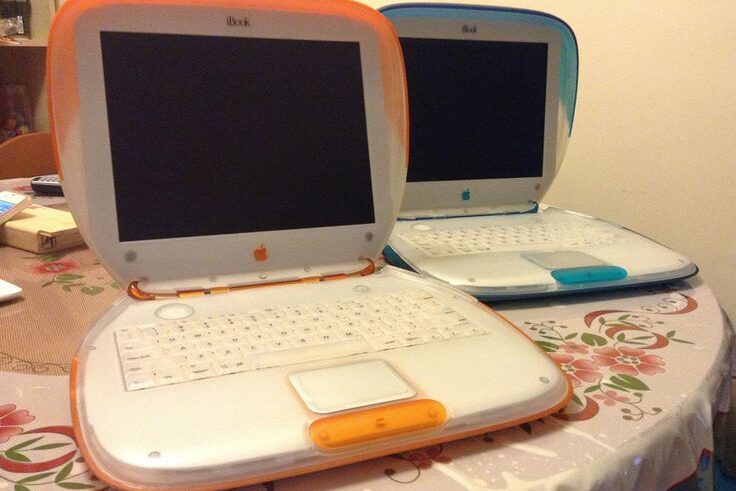
Apple collectibles are more than gadgets, they are snapshots of design and culture that grew into priceless treasures. The iBook G3 “Clamshell” is a perfect example, with its playful shape and bright colors like Tangerine and Blueberry. It looked like something between a toy and a fashion accessory, which made it unforgettable. Millions were sold, but sealed or mint-condition models now reach $1,000 to $3,000. Collectors see it as the turning point that revived Apple in the late 90s. It may not be rare, but it carries enormous sentimental and historical value today.
14. U2 iPod Special Edition (2004)
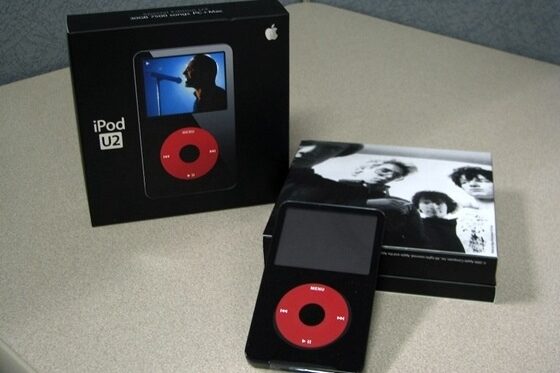
Music and technology blended neatly with the release of the U2 iPod Special Edition. Its sleek black body with a red click wheel and band signatures made it a fan favorite. Though not the rarest iPod, sealed editions are now sold between $1,000 and $5,000. For collectors, it symbolizes a cultural moment when Apple and music collided. It also represents a time when carrying an iPod meant carrying your entire soundtrack. This edition was both functional and iconic, becoming a collector’s item that stands as one of Apple’s most recognizable limited runs ever produced.
13. iMac G3 Bondi Blue (1998)
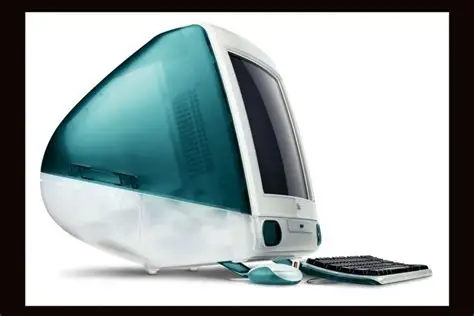
The iMac G3 Bondi Blue is remembered for changing how people viewed computers. Instead of beige boxes, Apple introduced a translucent design that was fun and modern. The iMac did not just look good; it helped save Apple from decline in the late 90s. Today, while used models are still common, early pristine editions can sell for $2,000 to $6,000. For collectors, it is the symbol of Apple proving that design could be its superpower. More than a computer, it was the start of Apple’s reputation for making technology stylish and easy to love.
12. Macintosh SE/30 (1989)
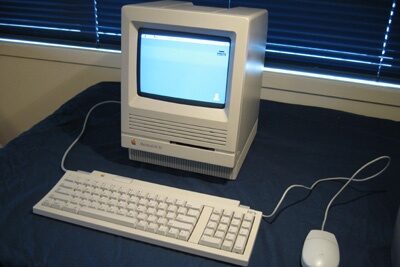
The Macintosh SE/30 remains one of the most respected compact Macs ever made. It combined powerful performance with impressive expandability, earning a loyal following among professionals and developers. Decades later, its legacy lives on with collectors who pay $2,000 to $8,000 for well-preserved models. What makes it so treasured is not just speed, but how it represented Apple’s ability to build a computer that worked hard and fit in tight spaces. Collectors value its history as a balanced machine that felt advanced yet approachable, a true classic from Apple’s golden years of innovation.
11. Apple Newton MessagePad (1993)
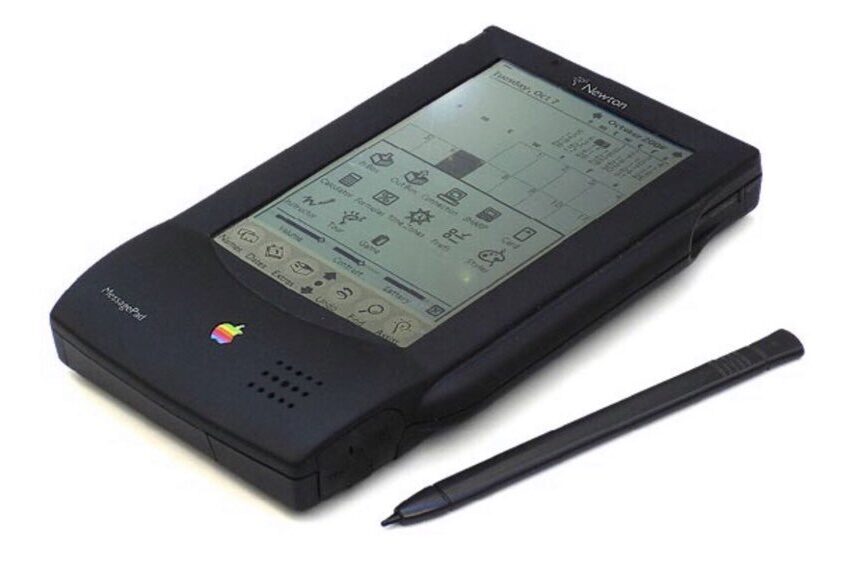
Before iPhones and tablets, Apple took an ambitious leap with the Newton MessagePad. It was clunky at times, especially with handwriting recognition, but it showed vision years ahead of its time. The Newton opened the door to mobile computing, and while it was not a huge commercial success, it left a strong legacy. Today, collectors pay between $3,000 and $10,000 for sealed models. It is celebrated as a bold stepping stone that set Apple on a path toward devices we now take for granted. The Newton proves even experiments can become highly collectible treasures.
10. First Generation iPod (2001)
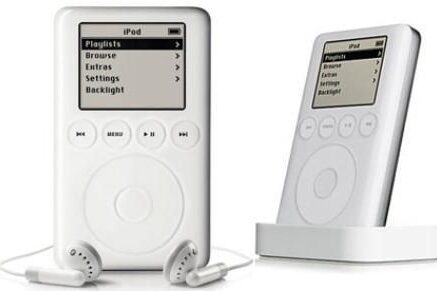
The original iPod promised “1,000 songs in your pocket” and it delivered a lifestyle change. White earbuds became a global icon, and the iPod put Apple back on the map in the early 2000s. Millions were sold, but sealed first generation iPods are extremely rare today. One even sold for nearly $29,000 at auction. Collectors see it as more than a device, but the beginning of Apple’s second act. It showed that Apple could create products people did not just use, but loved. This iPod turned music into a personal, portable, and unforgettable experience.
9. Ventless Apple II (1977)
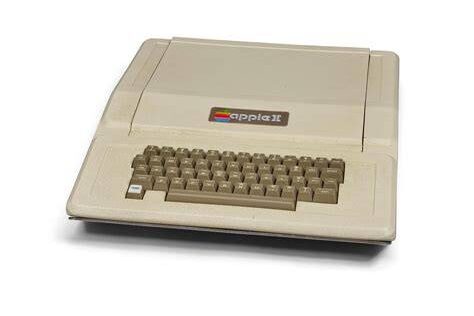
The Apple II was the computer that truly launched Apple into the mainstream, but the earliest versions came with a unique difference. These “ventless” models lacked ventilation slots, making them rare and easy to identify. Collectors now pay more than $35,000 for one of these historic machines. What makes them special is how they capture Apple’s transition from garage project to serious company. Each ventless Apple II feels handmade and unique, marking an era when Apple was still experimenting and finding its place. Owning one is like holding the fragile roots of modern computing.
8. Twiggy Macintosh Prototype (1983)
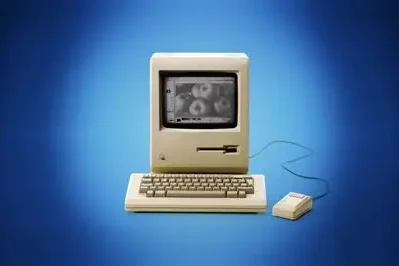
Before the Macintosh hit stores with 3.5 inch disks, Apple tested prototypes that used 5.25 inch “Twiggy” drives. Only a handful of these exist today, most secured in museums. One sold for about $150,000, making it an incredibly valuable piece of Apple’s development story. These computers are not practical to use, but collectors treasure them for what they represent. They are proof of Apple’s trial and error on the path to creating one of its most defining products. For collectors, Twiggy prototypes are like glimpses into the sketchbook of Apple’s early design experiments.
7. Macintosh 128K (1984)
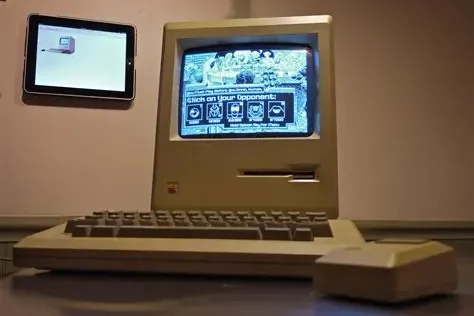
The Macintosh 128K was launched alongside Apple’s famous “1984” Super Bowl commercial, instantly cementing its place in pop culture. As the first affordable computer with a graphical interface, it changed how people thought about using machines. Today, early models in pristine condition, especially those tied to Apple employees, can sell for more than $150,000. Collectors admire it as both a cultural icon and a turning point in personal technology. The Macintosh 128K was not just a product, it was the moment Apple introduced itself to the world as a leader in accessible computing.
6. Apple 1 Production Units (1976–77)
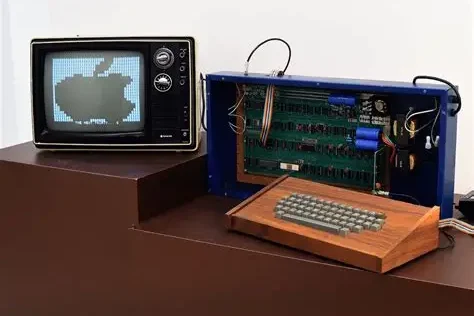
The Apple 1 represents the very beginning of the company. Only about 200 units were ever built, and around 60 are known to still exist today. Each board was hand assembled by Steve Jobs and Steve Wozniak, often paired with wood cases and instruction manuals. Collectors call them the DNA of Apple, and auctions have reached between $223,000 and $500,000 depending on condition and history. For many, owning an Apple 1 is like holding the starting line of the entire tech revolution. It is not just rare, it is the foundation of everything that followed.
5. First Generation iPhone Sealed (2007)
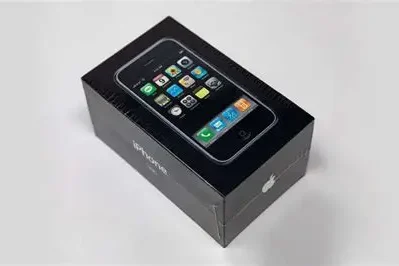
The first iPhone changed the world, and sealed units now feel like time capsules of that moment. Though less than two decades old, some are already valued like classic art. In 2023, a rare 4GB edition sold for $190,000 at auction. Collectors see it as proof that recent history can be just as valuable as much older artifacts. The iPhone was not just a phone; it was the beginning of a new way of living. Today, sealed originals are prized as physical reminders of the product that reshaped communication, business, and culture worldwide.
4. Apple 1 Jobs Garage Example (1976)
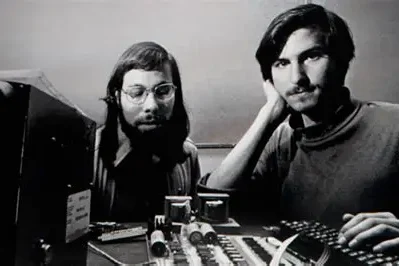
Of all Apple 1 units, some carry special importance because of where they came from. One example traced directly back to Steve Jobs’ parents’ garage sold for $365,000. Its value came not only from being an Apple 1 but from its undeniable connection to Apple’s origin story. Collectors were buying more than a computer; they were buying a piece of Silicon Valley’s most famous garage. For many, the story is what drives the price. This unit represents not just the beginning of Apple’s journey but the legend of where it all began.
3. Steve Jobs Hand Soldered Apple 1 Prototype (1976)
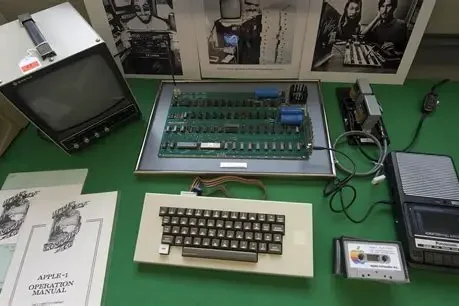
Before Apple 1 production units were made, a single hand soldered board was built by Wozniak and used by Jobs to demonstrate the computer to the Byte Shop. That prototype eventually sold for $677,196 in 2022. It is considered the first Apple computer ever built, making it one of the most valuable. For collectors, this board is not just rare but historic, the moment where an idea became a company. It holds unmatched significance because it represents Apple’s first real step into the market, and the spark of everything that came after.
2. Steve Jobs Signed Apple II Manual (1980)
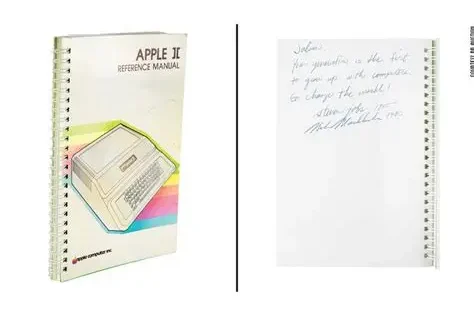
Jobs was famously reluctant to sign autographs, which makes the Apple II manual he inscribed especially valuable. He wrote a short personal message to a young man, turning the manual into more than instructions. It became a piece of history linked directly to the visionary himself. In 2022, it sold for $787,484, making it one of the most expensive Apple related items ever sold. Collectors value it not only for Jobs’ signature but for the personal nature of the message. It represents the human side of Apple’s story, something truly rare and meaningful.
1. Apple Lisa 1 (1983)
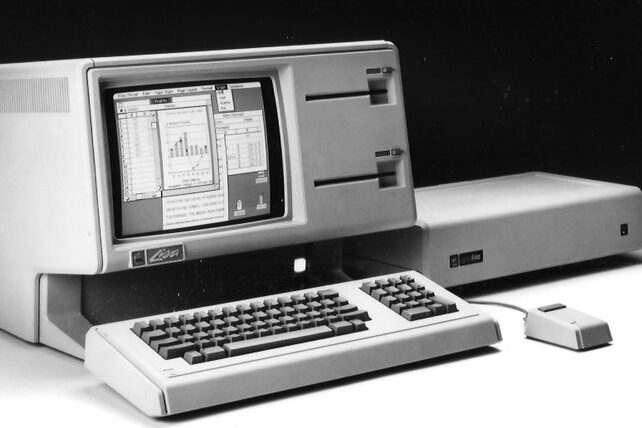
The Apple Lisa 1 was not a commercial success, but its influence has been enormous. It introduced features like graphical user interfaces and protected memory that are still standard today. Collectors now treasure it as one of the most important failures in computing history. In 2024, a Lisa 1 from Paul Allen’s estate sold for $882,000, the highest auction price for any Apple product. Its value comes from vision and influence rather than sales. The Lisa proves that even when Apple stumbled, it left behind technology that shaped the future of computing.
Honorable Mentions
Steve Jobs’ Birkenstock Sandals – Worn in Apple’s early years, sold for $218,750 in 2022. Proof that Jobs’ aura makes anything collectible.
Steve Jobs’ Seiko Watch – Featured in early Apple ads, sold for $42,500.
20th Anniversary Macintosh (1997) – Produced in small numbers, sells today for $1,500–$5,000.
Employee-Only Apple Gifts – Engraved iPods, pins, and plaques often resell for thousands.
Signed Macs and Floppies – Authenticated Jobs or Wozniak signatures can push otherwise ordinary items into five-figure territory.
Whether it’s a Lisa that failed or an iPhone that conquered the world, Apple artifacts prove one thing, the company’s history is as valuable as its products. For collectors, it’s not just about gadgets; it’s about owning a slice of the Apple legend.
This story The 15 Most Valuable Apple Products Ever Sold, Ranked- Plus Some Honorable Mentions was first published on Daily FETCH


